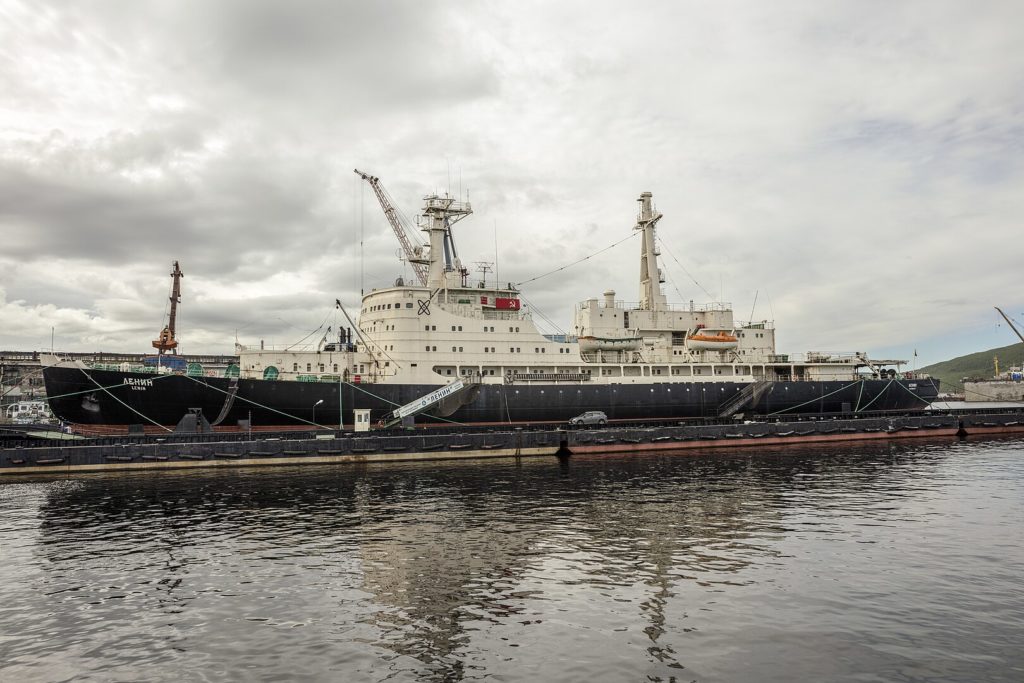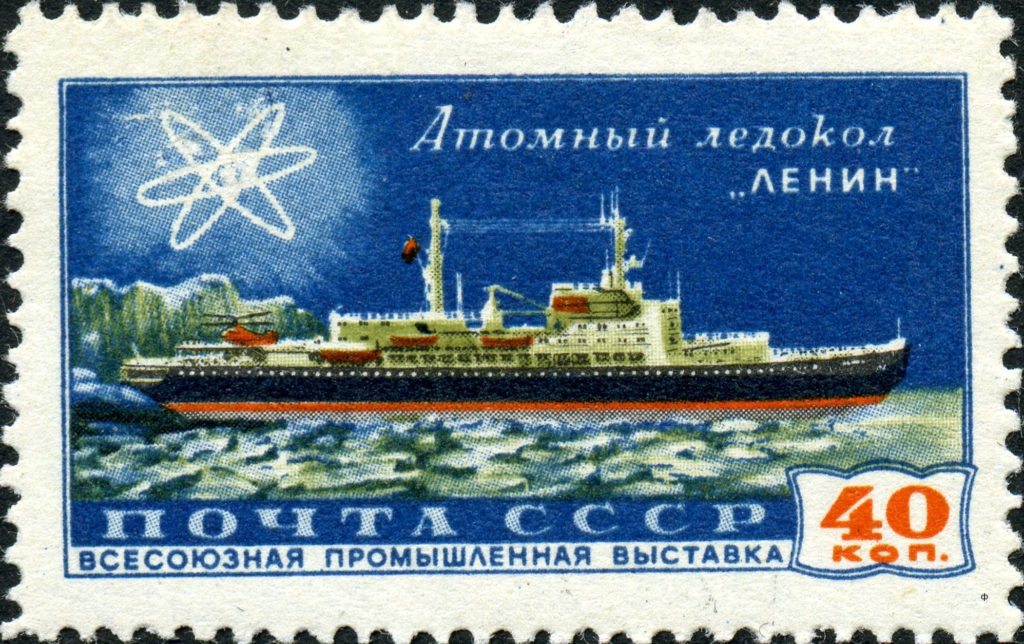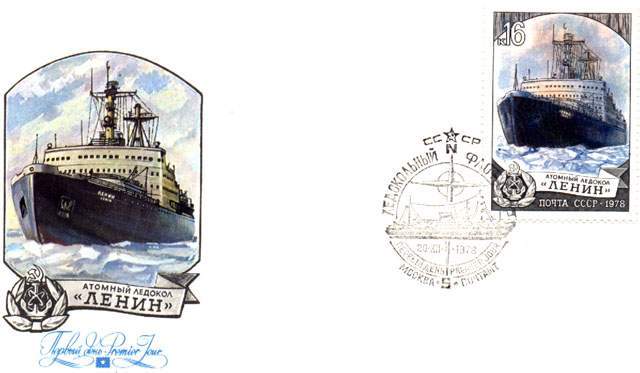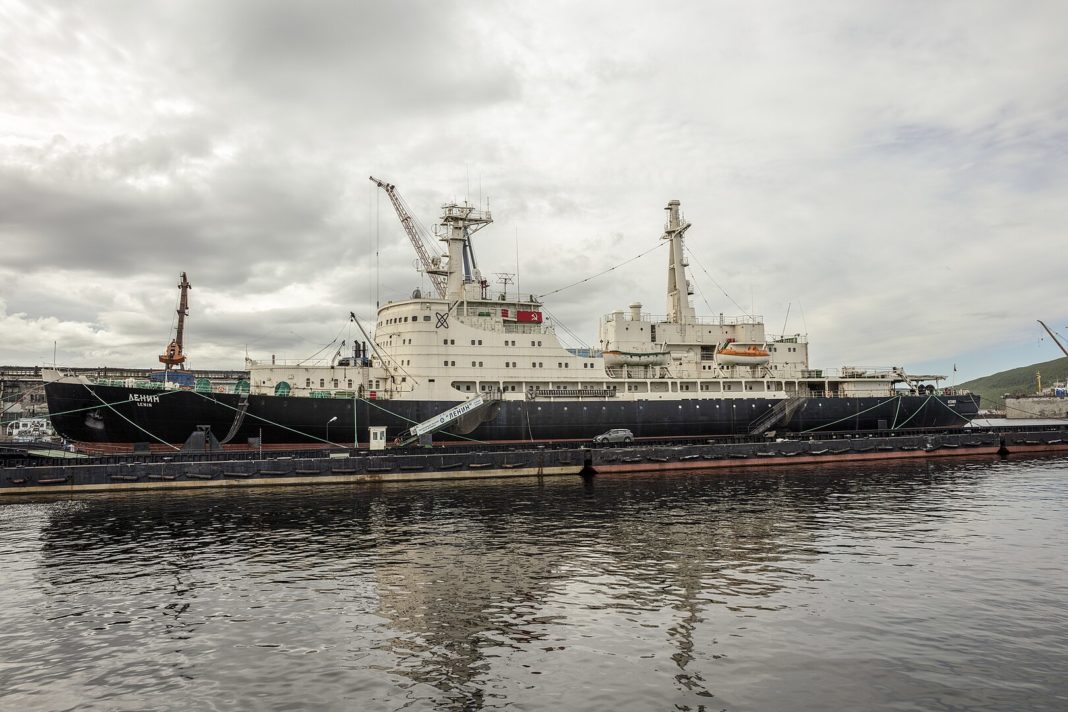Lenin (Russian: Ленин) was a Soviet nuclear-powered icebreaker, the first nuclear-powered icebreaker in the world. Launched in 1957, it was both the world’s first nuclear-powered surface ship and the first nuclear-powered civilian vessel.

Lenin entered operation in 1959 and worked clearing sea routes for cargo ships along Russia’s northern coast. From 1960 to 1965 the ship covered over 157,000 kilometers (85,000 nautical miles) during the Arctic navigation season, of which almost 120,000 km was through ice. Nuclear power proved to be an ideal technology for a vessel working in such a remote area as it removed the need for regular replenishment of fuel. On 10 April 1974, the vessel was awarded the Order of Lenin. It was officially decommissioned in 1989. It was subsequently converted into a museum ship and is now permanently based at Murmansk.

When launched in 1957, Lenin was powered by three OK-150 reactors. In its late-1960s configuration, at full capacity, the ship used five to six pounds of uranium-235 per 100 days. In the configuration employed from 1970, two OK-900 reactors provided steam for four steam turbines, that were in turn connected to generators, which powered three sets of electric motors to drive the ship’s three propellers.

According to Wikipedia














